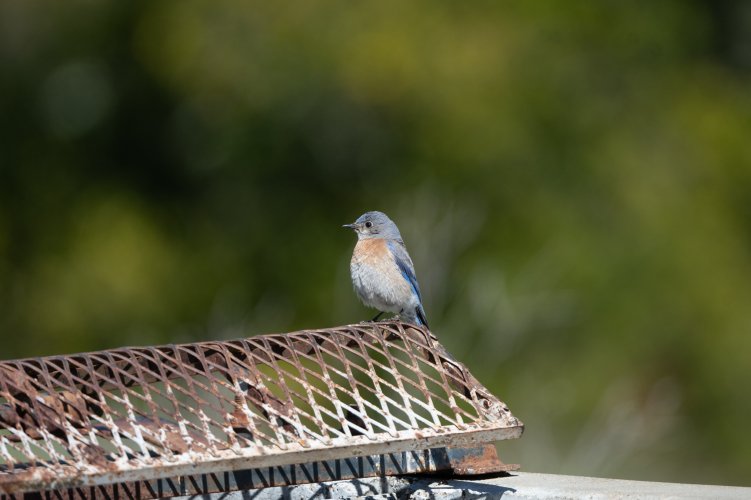Ever
Member
Hey friends. I’ve been shooting wildlife for around six months and have been learning a lot, however I still consider myself a beginner. So I welcome any feedback of while exploring this.
I feel the images below are pretty soft. Some are at distance / in sub-optimal lighting, but I still wonder if they should be better. Knowing this will help align my expectations.
They're shot RAW and exported from Lightroom using 2048px without crop/edits. In addition, here’s a Flickr album with additional examples. They’re screenshots of NX Studio showing the focus points (one at 100% zoom, one at no zoom).
Details:
I spend quite a lot of time looking at other people’s images, and I note the body/lens when a photo catches my eye. Most tend to be from full-frame mirrorless, but more often than not it's from a similar setup, and with much sharper IQ.
Thanks for any guidance.








I feel the images below are pretty soft. Some are at distance / in sub-optimal lighting, but I still wonder if they should be better. Knowing this will help align my expectations.
They're shot RAW and exported from Lightroom using 2048px without crop/edits. In addition, here’s a Flickr album with additional examples. They’re screenshots of NX Studio showing the focus points (one at 100% zoom, one at no zoom).
Details:
- AF Mode: AF-C
- Stationary: single-point AF
- BIF: sometimes Dynamic AF (72pt?), sometimes Group AF. NX Studio seems to make it look like single-point (one square), but it’s assumed to be Dynamic or Group when BIF
- VR: Sport (I tend to leave this on. Yet to try turning it off for 1000+ shutter speed)
- Posture: Handheld. Generally try use 560+ shutter speed for stationary targets, 1000+ for mobile targets, 2000+ for BIF. Mindful movement / tracking / breath control. Not bumping the manual focus ring
- Time: typically sunset. Sometimes high-noon because #life
- AFFT: -4 (a recent change)
- Other: lens hood w/ neoprene wrap
I spend quite a lot of time looking at other people’s images, and I note the body/lens when a photo catches my eye. Most tend to be from full-frame mirrorless, but more often than not it's from a similar setup, and with much sharper IQ.
Thanks for any guidance.
You can only see EXIF info for this image if you are logged in.
You can only see EXIF info for this image if you are logged in.
You can only see EXIF info for this image if you are logged in.
You can only see EXIF info for this image if you are logged in.
You can only see EXIF info for this image if you are logged in.
You can only see EXIF info for this image if you are logged in.
You can only see EXIF info for this image if you are logged in.
Attachments
Last edited:


